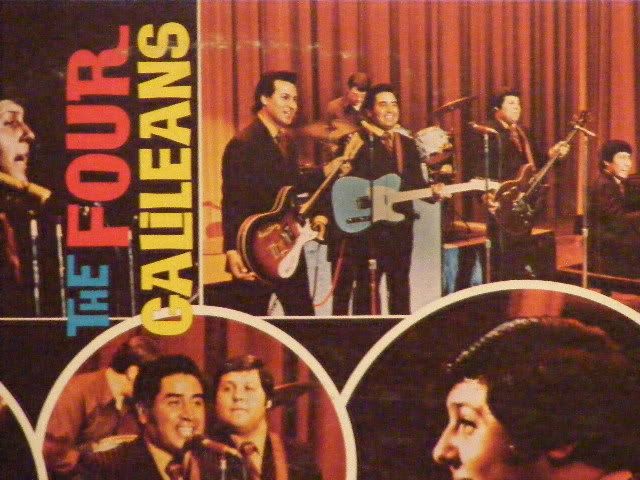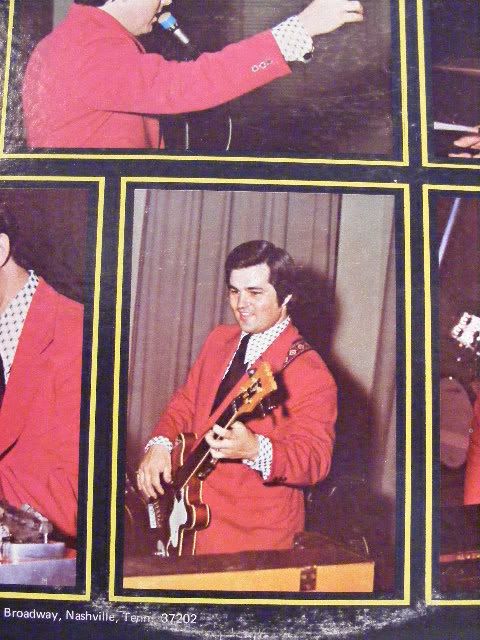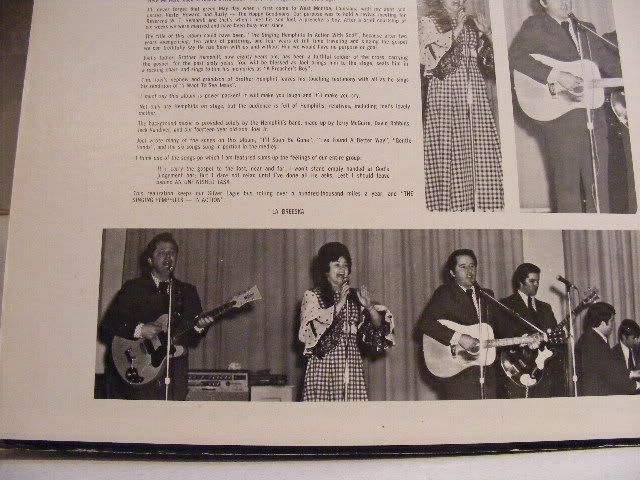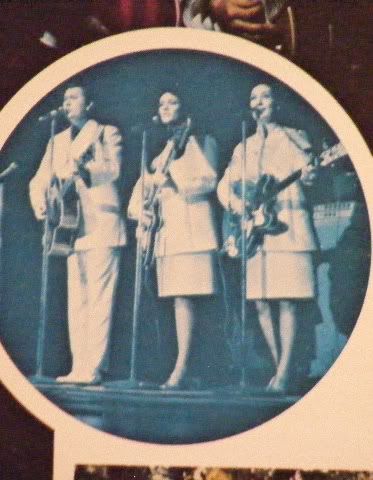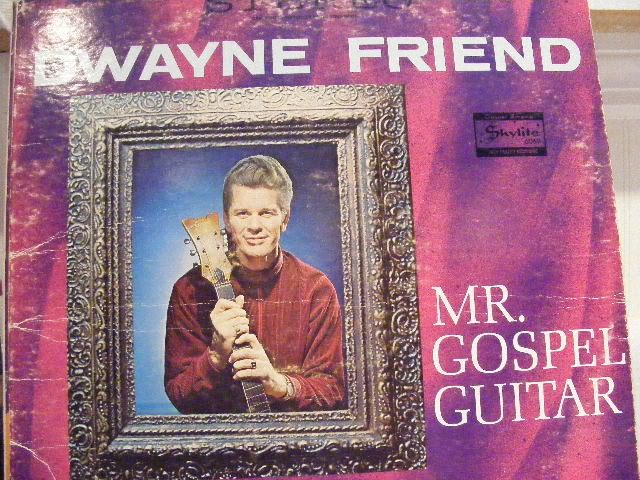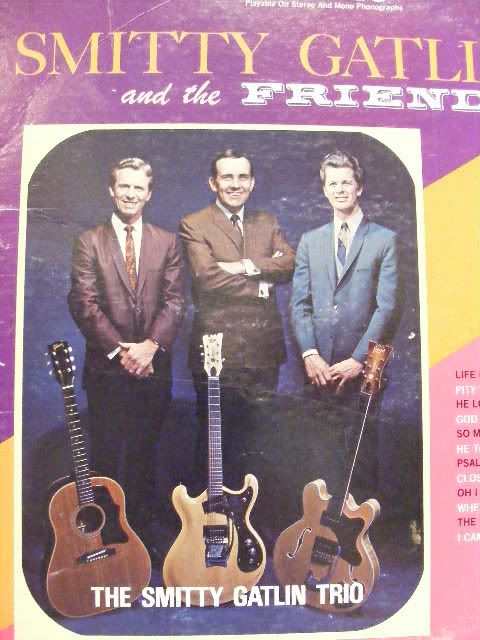Postby Strat-o-rama » Thu Jul 30, 2009 6:25 am
And let's not overlook that Daphne Blue Telecaster!
Actually, I've thought about this topic-Mosrite and Gospel music. After reading one of Danny's posts about the point of this forum: to gather info and exchange ideas and info, I began thinking about how there are still some big holes in the picture of all things Mosrite, one being the Gospel angle. Mosrites are typically associated with The Ventures (Mark 1), The Ramones (slab bodies) and Kurt Cobain (Gospel Model and others).
The genre most of us associate the Mark One with, style-wise, would be surf, psychedelic and garage--think of a time frame in Davie Allen's career, Iron Butterfly, even up to modern bands like MOAM, The Ghastly Ones. The Mark 1 design has became associated with a retro-hip 60s vibe that has found its own niche in the music scene.
Then there are those of us who have an association with the Joe Maphis/Larry Collins/Brian Lonbeck rockabilly blazers "as seen on TV". We even get a bit of Jimi Hendrix thrown in with his double neck and resonator (we could also include the Black Widow).
I know there are some peripherals I've left out, but most of the music talk around here is based on the above categories.
But, the gospel music is really in the background, and I have a feeling that Mosrite probably makes a bigger footprint in this genre that in any of the others. Semie was a motivated evangelist, and no doubt networked with many others while on tour. I would surmise we don't hear much about it because of the religious nature of the music and the Gospel scene-which could be a turn off to many musician types-and because these Christian musicians who still have their Mosrites are older now, and live in relative seclusion, and because most of them are located in rural communities in California, across the southern part of the US, and into the midwest.
I'm long winded enough here, but I think the point is made. There may be some real historic pieces of the Mosrite story hidden in little church bands, owned by the sons and daughters of the singing preacher, and perhaps even owned by the "brothers and sisters" of the Christian music scene.
Food for thought. Anyone care to discuss?
